
Five years ago, Lenovo spent almost $4.5 billion to buy IBM’s X86 server business and Google’s Motorola mobile phone unit, moves that instantly made the company a top-tier player in the datacenter and more competitive in the lucrative global smartphone market.
Despite bold promises from the company, the first couple of years after the acquisitions were slow for the datacenter business unit as Lenovo worked to find its footing in a rapidly changing space that included Hewlett-Packard (which split in two a year later after the Lenovo acquisitions, creating Hewlett Packard Enterprise and HP Inc) and Dell (which in 2016 spent more than $60 billion for EMC) and saw the rise of hyperscalers like Google, Facebook, and Amazon become the dominant force in datacenter infrastructure spending, with most of their business going largely to ODMs instead of traditional OEMs.
However, the company over the last couple of years has seen its fortunes in the datacenter improve. Lenovo’s Data Center Group (DCG) finished last year with its fifth consecutive of revenue growth, reaching $1.6 billion for a 31 percent year-over-year increase. It is still a relatively small part of a company that is carried primarily by its PC business – which in the last three months of 2018 had $10.7 billion in revenue, growing 11.6 percent – but at its Transform 3.0 event this week in Orlando, Lenovo cited some key points about the DCG, including the fact that it has the most supercomputers on the bi-annual Top500 list of the world’s fastest systems and counts six of the top hyperscalers in the world as customers.
The turnaround took off in 2017 at the first Transform event, when Lenovo rolled out its new ThinkSystem and ThinkAgile families in what the company called its largest server launch. The ThinkSystem lineup included servers, storage and networking gear while ThinkAgile was more about hyperconverged infrastructure, software-defined solutions and the cloud, and both portfolios have had two years to percolate. A year later at the second Transform, Lenovo focused on storage, unveiling its partnership with NetApp.
This week, attention turned to outside the traditional datacenter, out to the edge and into the Internet of things (IoT) and to the emerging technologies like artificial intelligence (AI), machine learning and data analytics that are forming the underpinnings of an increasing distributed, data-centric computing environment. The company introduced the ThinkCentre Nano IoT, a small embedded PC that can be used with IoT devices and showed off the ThinkSystem ES350, an edge server a little larger than a notebook that can be stacked on a shelf or put on a wall. It’s powered by Intel’s Xeon-D processor with up to 16 cores and Nvidia Tesla T4 GPUs for such workloads as machine learning inferencing at the edge.
They are examples of the new types of infrastructure that are being developed for edge environments: Small, ruggedized, powerful enough to run AI and machine learning workloads, self-healing and remotely managed, high performing and reliable, according to Kirk Skaugen, executive vice president and DCG president. With tens of billions of connected devices on the horizon and the massive amounts of data that they’ll generate, the architecture will have adapt, move closer to those devices and process, store and analyze that data.
“The cost of computing, the cost of infrastructure is going to have to dramatically decrease and the amount of compute at the edge is going to have to significantly increase,” Skaugen tells The Next Platform. “There’s been more data created last couple of years than in the history of the Earth. Most of that data has been calculated in the datacenter and the cloud. Maybe only 10 percent today gets computed at the edge. Over time, more than 70 percent will be computed at the edge, so bottom line, the compute is going to go where the data is. The data is not going to move to where the compute is, so as a result I think the reason we’re launching the largest edge portfolio in our history is we have to build out that level of edge compute. There’s no amount of cost that can drive that back into the central datacenter. Some things will stay the same: performance, reliability, security, the ability to communicate securely.”
Lenovo will use the scale that comes with a company its size, its array of technology partners and channel partners and its global reach – not only does it have a presence in more than 160 countries, but also has foot in both the United States and China – to build infrastructure needed for edge computing. It also will leverage what it has internally, such as Motorola and its relationships with telecommunications companies around the world.
“A lot of things are going to change,” says Skaugen, who spent years with Intel before moving over to the OEM. “It’s becoming a heterogeneous compute world, so we’re going to embrace for AI and machine learning more FPGA-based solutions, more GPU-based solutions. We’re embracing Intel, AMD and Arm at the endpoints. We recognize it’s a heterogeneous compute world, where I think the last few decades have been a homogeneous world. When you put stuff out at the edge, it’s work because it is a physically different box. There are high temperature requirements. If you’re managing something out by the ocean, you have salt water resistance, you need earthquake resistance, you need self-healing, remote management capabilities so that you don’t have to do a truck roll to some wind turbine up some mountain to replace a motherboard. The self-healing and reliability become critical.”
On the telco front, legacy equipment needs to be replaced, racks will need to be different depths and connections will be both wired and wireless. Because these systems will often be in remote places, they’ll have to support multiple wireless options, which is why the SE350 – which will roll out in the summer – will support WiFi, LTE and 5G, he says. It also addresses security needs to protect the data, including essentially wiping out the data if it’s moved.
Lenovo also is looking at supplying not only the infrastructure to support the IoT devices at the edge, but also many of the devices themselves, such as security cameras. It’s part of Lenovo’s strategy to address needs in particular verticals, from healthcare to manufacturing.
“This is a unique segment of the market and people don’t just want hardware, they want a set of solutions,” he says, adding that enterprises don’t want the challenge of finding different companies to supply cameras, edge gateways and services and software. “When we talk about ‘smart vertical,’ we talk about picking some smart horizontal building blocks but also some smart verticals. Smart horizontal is something like video analytics. We can build the actual physical cameras, we can build the analytics software and the machine learning software, but then that has to be applied to a heathcare situation at a hospital. It can be applied to a smart city situation to manage traffic. It can be applied to a manufacturing floor to deliver better automation, so we have to think, what does this mean? It just means we have to get into new segments. We’re not in the camera business per se, [but] we’ll probably be in the camera business soon. We need to start thinking more and more as vertical and more and more edge to cloud.”
He points to vending machines as examples. Traditional machines have a microcontroller whose job it is to keep the refrigeration going. There’s no predictive analytics, so the soda company doesn’t know how much of what soda has been drunk. With a ThinkCentre IoT Nano embedded, a vending gets smarter.
“What we’re seeing now is that we can sell that remotely managed PC and it can start doing predictive analytics, so it knows, ‘Hey, I’m at a pool at Sao Paulo. When it’s over 100 degrees, I sell three times as much orange soda. The next 10-day weather forecast has X number of days over that, so I’m going to stock it with this much more orange soda than I did last week, when it was cloudy and people drink Diet Coke instead of orange soda,’” he says. “Now you’re doing predictive truck routing and you can do all this UPS or FedEx right-turn-only kind of stuff and you can save gas. And now that you have a vPro Core i7 in there, you can actually put [digital] signage out on the front and video analytics. You can see there’s a 25-year-old female standing in front of this, so I’m going to run an ad and show a certain set of beverages. Now you know where all your machines are, you’re getting real-time billing, you’re doing proactive truck routing, you’re saving all that gas, you actually know what to put on the truck, not just based on what was consumed but based on what the weather forecast is going to be.”
Skaugen envisions Lenovo getting into the vending machine-as-a-service area; it already uses kiosks similar to the BestBuy ones seen in airports at their largest customers to sell peripherals like power units, mice or USB sticks. “With IoT, we can just choose to sell an embedded PC, we can actually build the kiosk – it’s a PC with different metal around it – or we can actually run the service,” he says.
However, there are certain things that have to happen to accelerate the development of the edge. For many companies, AI is still too complicated; it needs to be simplified to make it more accessible to the masses. Lenovo last year rolled out its Lenovo Intelligent Computing Orchestration (LICO) software to simplify the management of distributed cluster for such workloads as HPC and AI.
Liquid cooling also will make its way out to the edge. Lenovo last year rolled out Neptune, a set of cooling technologies, and is working on such technologies as liquid-immersed motherboards.
“They’re actually physically sealed in liquid,” Skaugen says. “For a lot of this [at the edge], you need a passive heat sink because you can’t be running an active heat sink in an IoT environment. Neptune is not just the active cooling that we typically show. There’s also Rear-Door Heat eXchangers for traditional datacenters, but there’s also this self-enclosed module that’s completely sealed so you can basically put a thermal transfer vehicle. It’s a sealed, self-contained unit that basically heats up the water and takes it over a heat pipe where it condenses and goes back. So it’s basically its own little rain forest ecosystem. Those kinds of things, since they’re completely sealed, are more appropriate for the edge.”
Such technologies will appear in platforms in the future, he says.

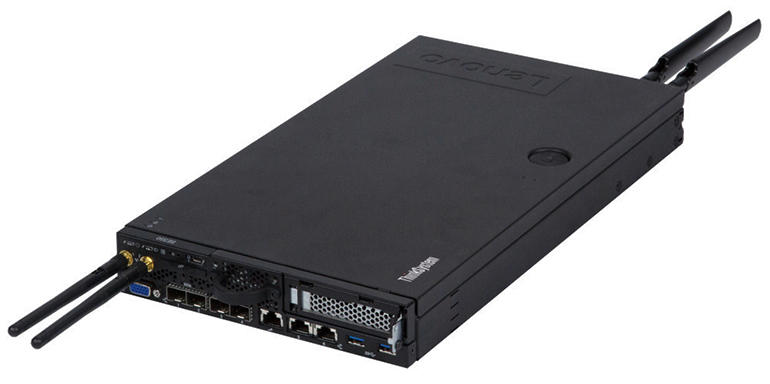
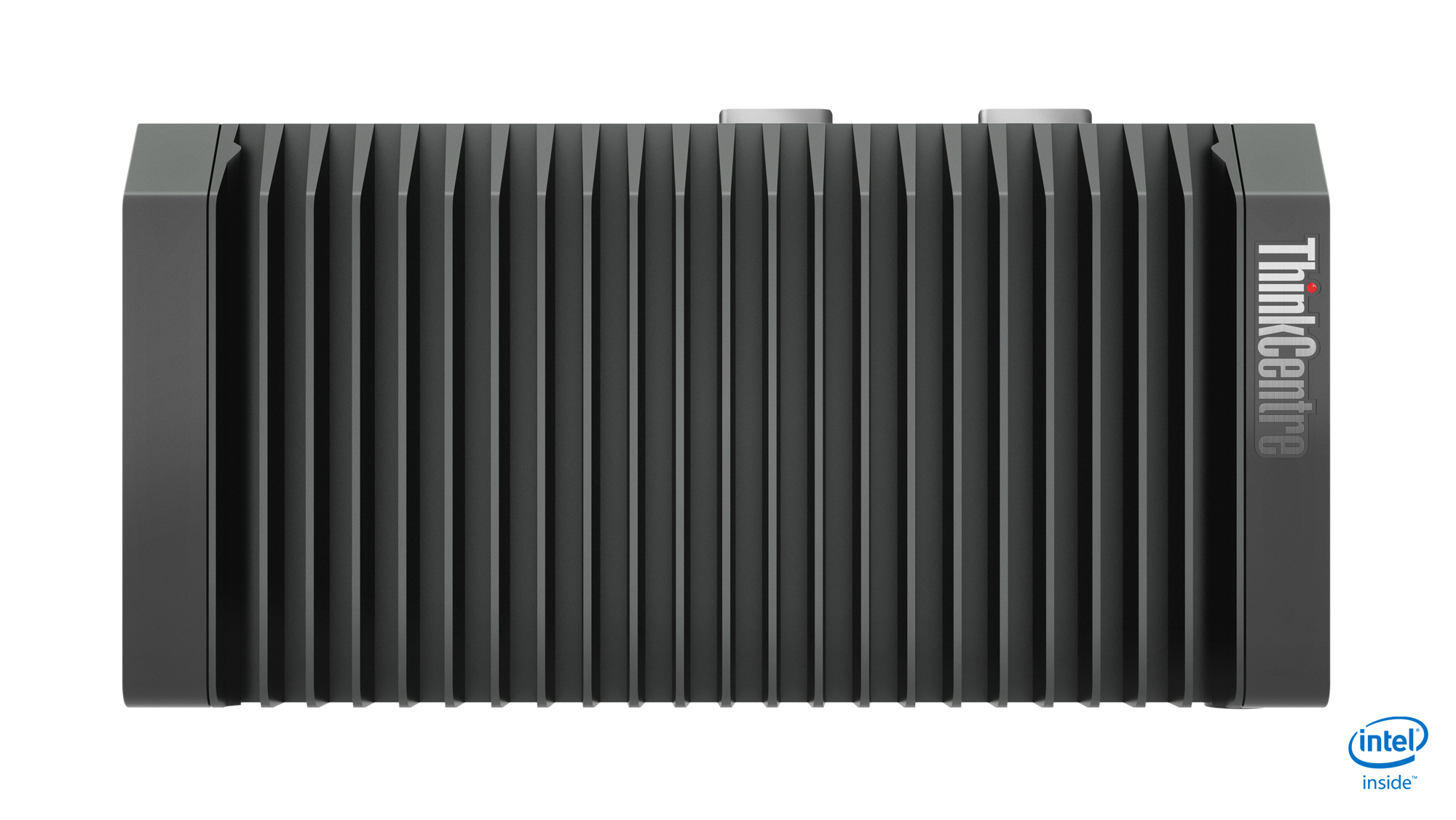
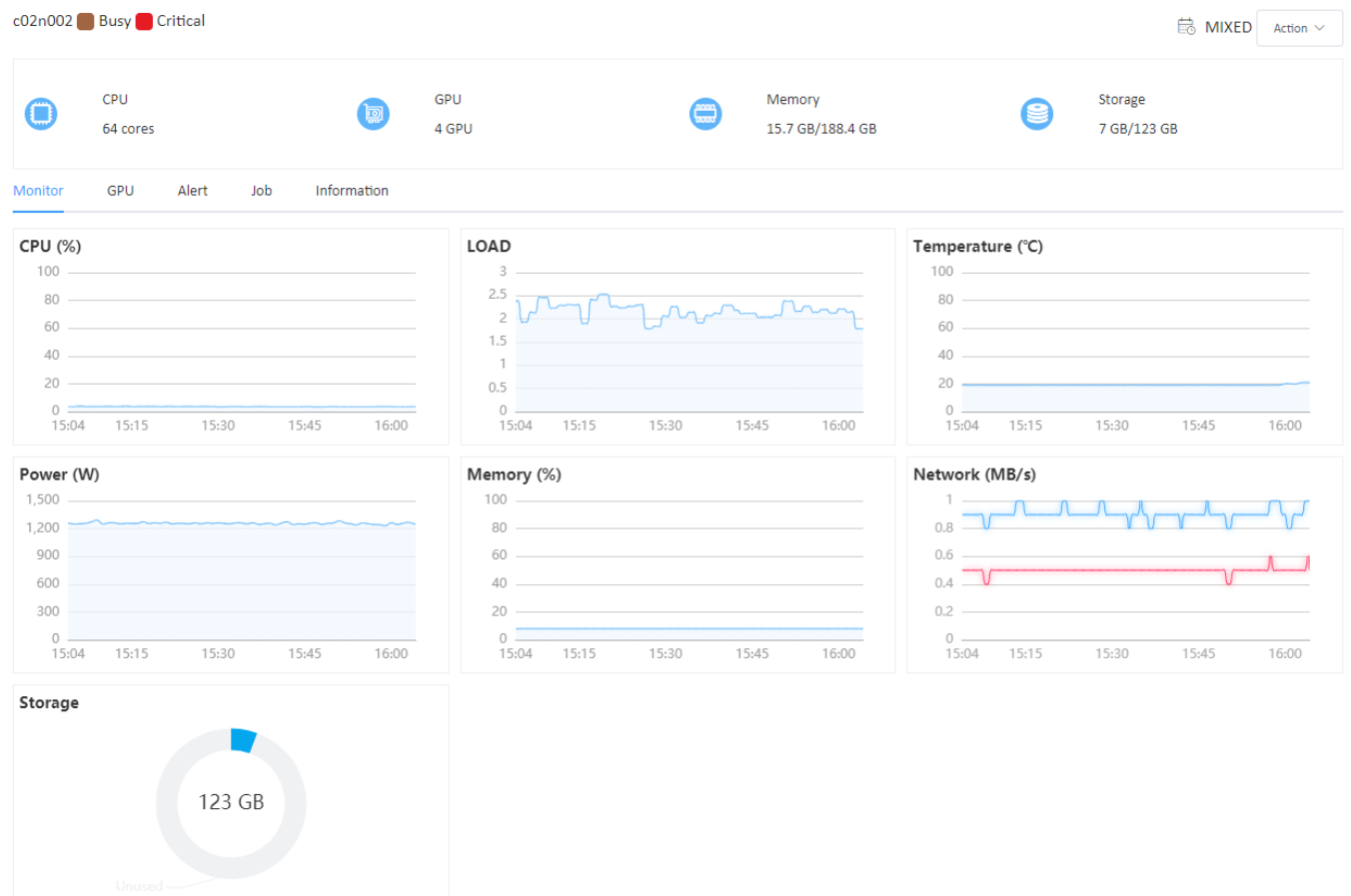

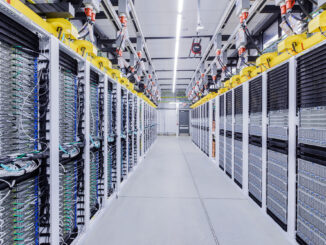
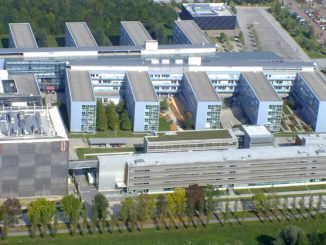
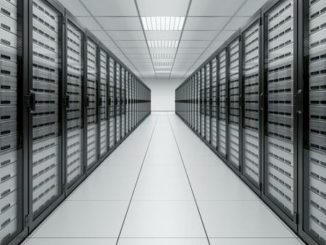
Be the first to comment